Space News
Brighter Side of News
352

Image Credit: Brighter Side of News
Our universe may exist inside a spinning black hole, JWST finds
- JWST discovers ancient galaxies forming only 250 million years after Big Bang.
- Studies reveal structured spiral patterns in early galaxies, sparking debates among scientists.
- Observations on galaxy spin direction challenge accepted theories, hinting at the influence of black holes.
- The JWST's groundbreaking findings are redefining our understanding of cosmic evolution.
- The possibility that our universe exists inside a spinning black hole is being explored.
Read Full Article
21 Likes
Nasa
64
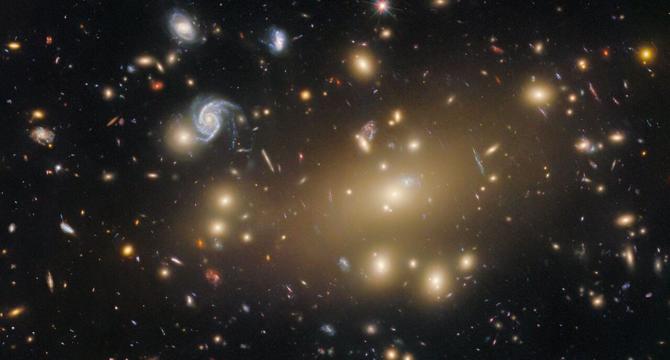
Image Credit: Nasa
Hubble Snaps Galaxy Cluster’s Portrait
- The NASA/ESA Hubble Space Telescope captured an image of the galaxy cluster Abell 209 located 2.8 billion light-years away.
- Abell 209 contains over a hundred galaxies separated by millions of light-years, with invisible dark matter and hot gas filling the space between galaxies.
- Hubble's observations of Abell 209 help astronomers understand dark matter and dark energy by studying gravitational lensing effects and mapping mass distribution within the cluster.
- The image of Abell 209 reveals subtle signs of gravitational lensing, showcasing the cluster's mass distribution and providing valuable insights into the evolution of the universe.
Read Full Article
3 Likes
Arstechnica
278

Image Credit: Arstechnica
It’s hunting season in orbit as Russia’s killer satellites mystify skywatchers
- Russia's space activity has surged, revealing significant military maneuvers in orbit.
- Recent launches and complex satellite movements signal Russia's focus on anti-satellite systems.
- News includes releasing mysterious objects, shadowing US spy satellites, and potential weaponization.
- Russia's actions in orbit are mystifying, raising concerns and tensions with US military.
Read Full Article
16 Likes
Knowridge
79
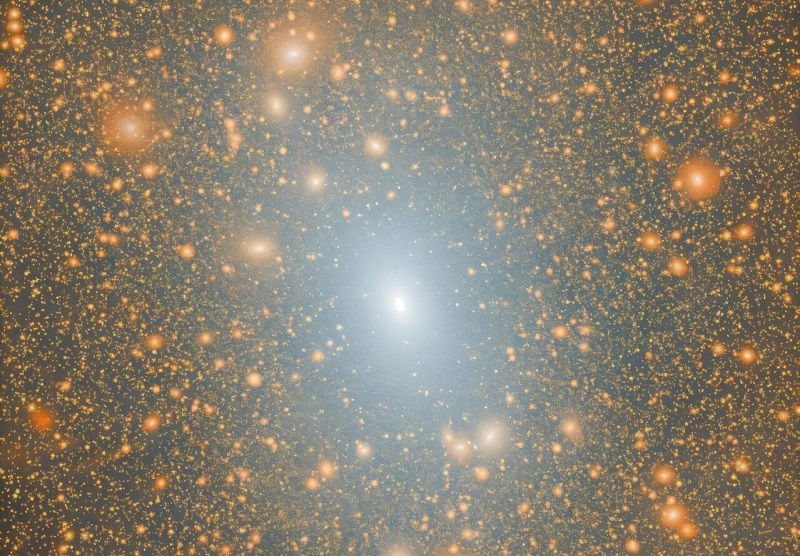
Image Credit: Knowridge
The Milky Way’s ghost galaxies: Are we surrounded by invisible neighbors?
- New research suggests that the Milky Way may have 80 to 100 more satellite galaxies orbiting around it, which are currently hard to detect due to being stripped of dark matter.
- These 'orphan' galaxies could confirm the Lambda Cold Dark Matter theory, explaining galaxy formation and evolution.
- The study used simulations and models to show that these missing galaxies, without dark matter halos, could still exist and be found with advanced telescopes like the Rubin Observatory’s LSST camera.
- Researchers hope that discovering these 'invisible' galaxies will not only validate cosmological theories but also enhance our understanding of the universe and our galaxy's formation.
Read Full Article
4 Likes
Discover more
Nasa
108
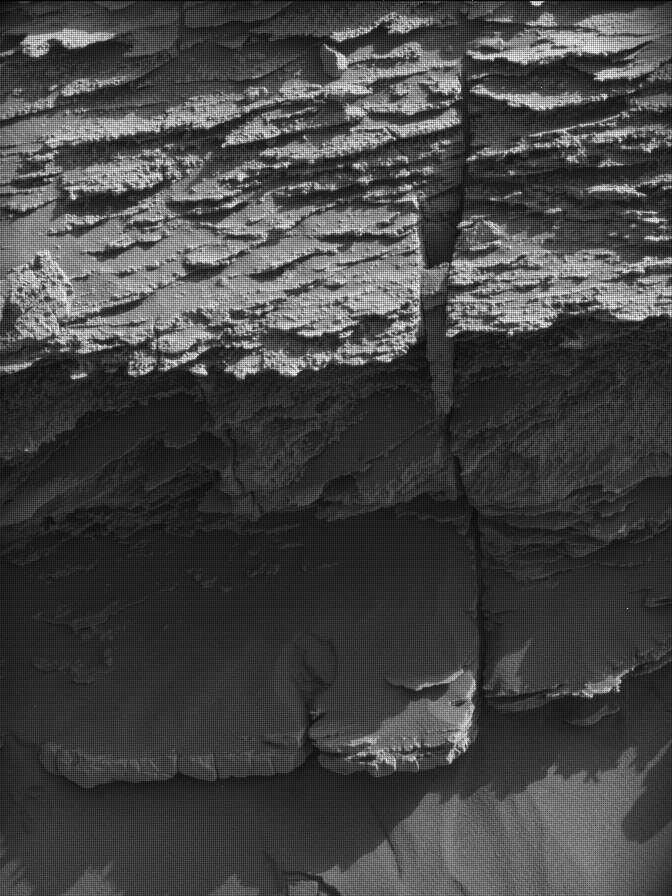
Image Credit: Nasa
Curiosity Blog, Sols 4593-4594: Three Layers and a Lot of Structure at Volcán Peña Blanca
- Curiosity rover examines Volcán Peña Blanca layers, assessing possible water involvement in formation.
- Rover stops for close analysis, preparing to use various instruments for data collection.
- ChemCam, APXS, MAHLI, and Mastcam to capture detailed images and chemical data.
Read Full Article
6 Likes
Arstechnica
296
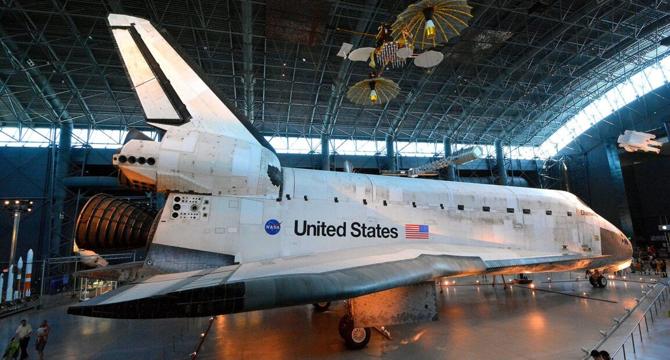
Image Credit: Arstechnica
“It’s a heist”: Senator calls out Texas for trying to steal shuttle from Smithsonian
- Senator Durbin criticized Texas for its effort to relocate space shuttle Discovery from the Smithsonian to Texas, describing it as a 'heist.'
- Texas senators Cornyn and Cruz introduced a bill to move Discovery to Space Center Houston, which was signed into law by President Trump.
- Durbin raised concerns about the cost and legality of the relocation, citing estimates of $305 million required for the move and construction of a facility in Houston.
- Durbin introduced an amendment to halt the funding for the shuttle relocation but withdrew it after raising his objections during a Senate Appropriations Committee hearing.
Read Full Article
17 Likes
Earthsky
46

Image Credit: Earthsky
Is the Milky Way teeming with satellite galaxies?
- The Milky Way may have 80 to 100 more satellite galaxies than expected.
- This new prediction could provide support for the Lambda Cold Dark Matter theory.
- Research suggests advanced instruments may spot these 'orphan' galaxies in the future.
- If confirmed, this discovery would enhance our understanding of galaxy formation and evolution.
Read Full Article
Like
Arstechnica
153
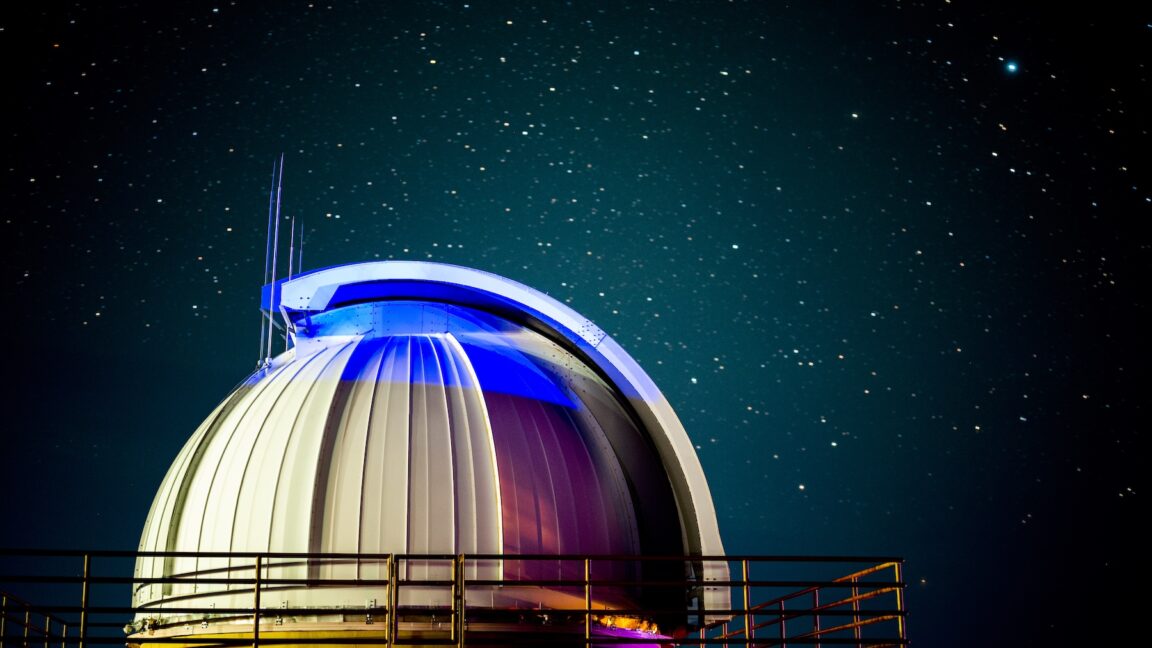
Image Credit: Arstechnica
Nearly everyone opposes Trump’s plan to kill space traffic control program
- Industry backlash against Trump administration's plan to discontinue civilian-run space traffic control program.
- Budget proposal aims to cut Office of Space Commerce's funding and eliminate Traffic Coordination System.
- Military currently responsible for space traffic management, but industry urging Congress to overturn proposal.
- Concerns raised about increased risks, costs, and possible relocation of US satellite operators.
- Space Force providing collision warnings, but industry wants civilian agency to handle coordination.
Read Full Article
9 Likes
Nasa
270
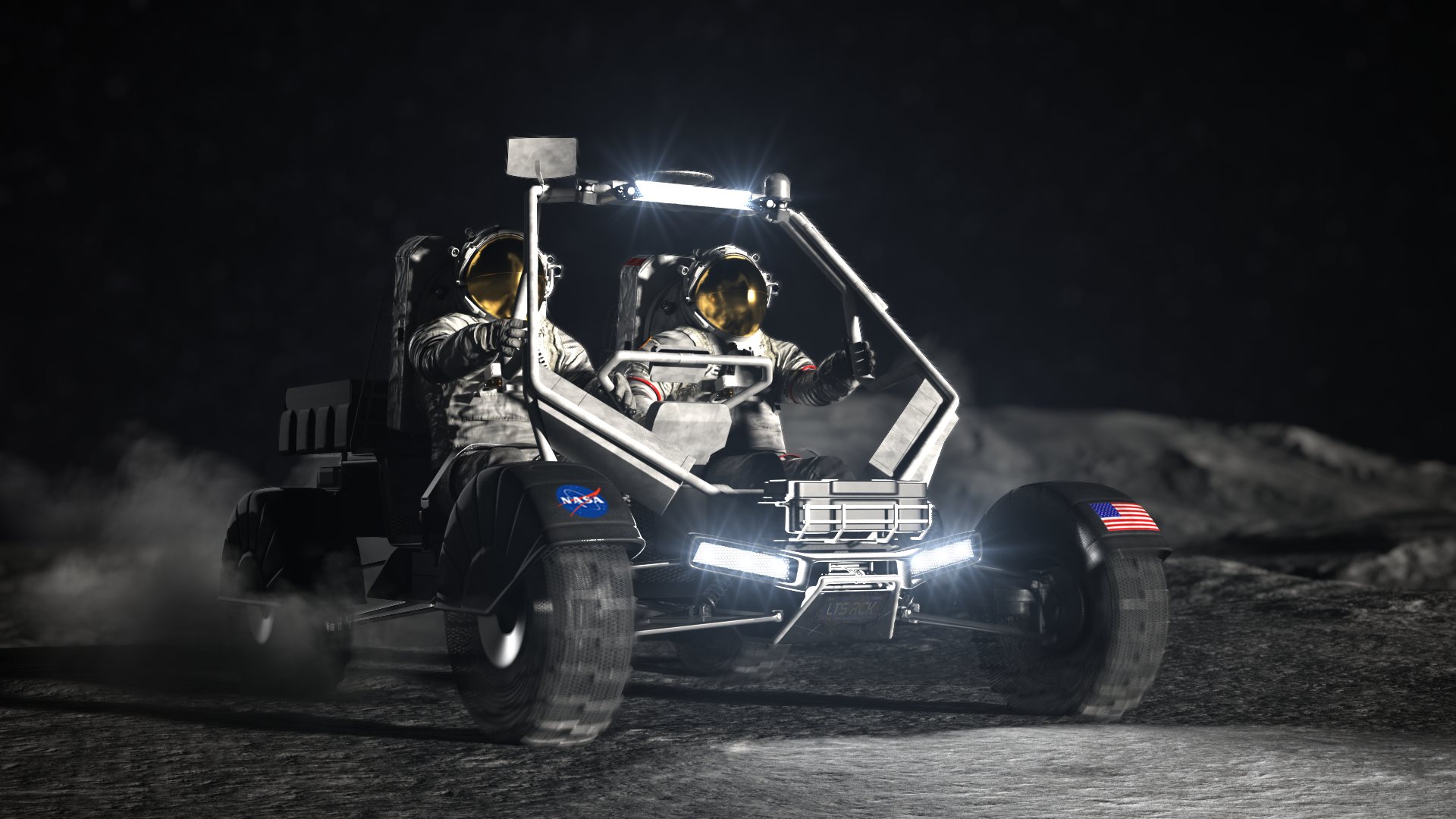
Image Credit: Nasa
NASA Selects Instruments for Artemis Lunar Terrain Vehicle
- NASA has selected three instruments for the Artemis Lunar Terrain Vehicle (LTV) and a future orbital opportunity in efforts to explore the lunar surface as part of the Artemis campaign.
- The selected instruments include the Artemis Infrared Reflectance and Emission Spectrometer (AIRES) to identify lunar minerals and volatiles, and the Lunar Microwave Active-Passive Spectrometer (L-MAPS) to analyze what is below the Moon’s surface and search for ice.
- The data from these instruments will provide insights into the lunar surface and subsurface to support human exploration, uncover the Moon's resources, and help characterize its components and changes over time.
- NASA also selected the Ultra-Compact Imaging Spectrometer for the Moon (UCIS-Moon) for a future orbital flight opportunity to provide regional context for LTV discoveries and map the Moon's geology and volatiles.
Read Full Article
16 Likes
Nasa
399
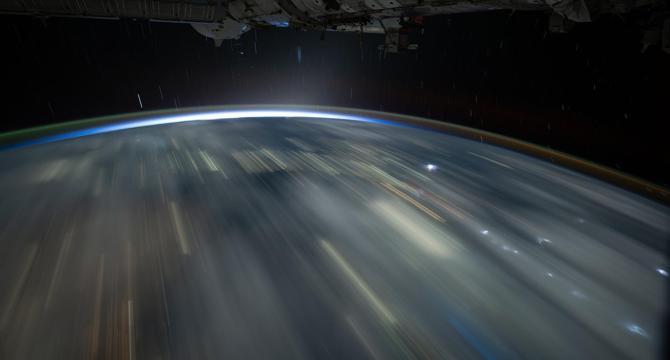
Image Credit: Nasa
Busy Science Day on Station; Mission Updates for Ax-4 and SpaceX Crew-11
- NASA Flight Engineer Nichole Ayers conducted health monitoring activities and maintenance tasks on the International Space Station. Ayers wore sensor-packed wearable gear to collect health data while exercising and also worked on life support components and water transfer in spacesuits.
- Station Commander Takuya Onishi set up science equipment for a Plant Cell Division study in the Kibo laboratory. NASA Flight Engineers Jonny Kim and Anne McClain focused on lab upkeep, troubleshooting pressure valves, and fluid transfer duties.
- Ax-4 private astronauts conducted research on electrical muscle stimulation, human-computer interface, and blood flow in the brain. Ax-4 is scheduled to undock from the ISS inside the SpaceX Dragon spacecraft on July 14 for a return to Earth.
- NASA's SpaceX Crew-11 mission members are preparing for a research mission on the space station with a targeted launch date of July 31. The crew includes Commander Zena Cardman, Pilot Mike Fincke, and Mission Specialists Kimiya Yui and Oleg Platonov.
Read Full Article
24 Likes
Nasa
168
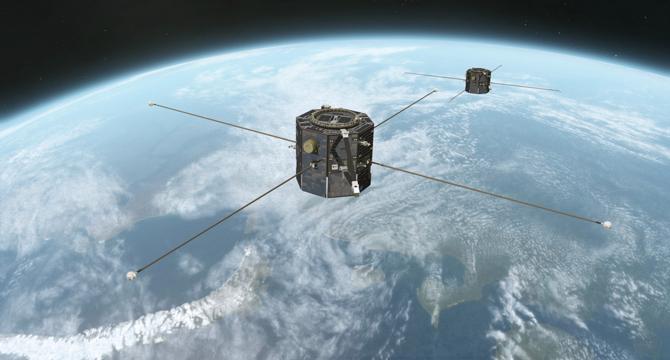
Image Credit: Nasa
NASA to Brief Media on New Mission to Study Earth’s Magnetic Shield
- NASA will launch the TRACERS mission to study Earth's magnetic shield and magnetic reconnection in the atmosphere, with twin satellites flying in a Sun-synchronous orbit.
- The mission aims to understand how the magnetosphere protects Earth from solar wind and how magnetic explosions impact space weather affecting satellites and technology.
- Alongside TRACERS, three NASA-funded payloads will also launch, demonstrating new technology for more efficient remote-sensing instruments and communication networks in space.
- The TRACERS mission, led by the University of Iowa, will launch on a SpaceX Falcon 9 rocket from Vandenberg Space Force Base in California, with additional support from various institutions.
Read Full Article
8 Likes
TechCrunch
188

Image Credit: TechCrunch
With Varda Space, leading Silicon Valley players make big bet on making drugs in space
- Varda Space secures $187 million Series C funding to further development of pharmaceutical manufacturing in space.
- The funding will be used to build a new laboratory facility in California to conduct research on biologics in space.
- Varda aims to solve pharmaceutical manufacturing problems and generate intellectual property by leveraging space-based research.
- Funding led by Natural Capital and Shrug Capital, with contributions from Peter Thiel, Lux Capital, Khosla Ventures, and Caffeinated Capital. Varda has successfully launched and returned three missions since 2023.
Read Full Article
10 Likes
Nasa
125
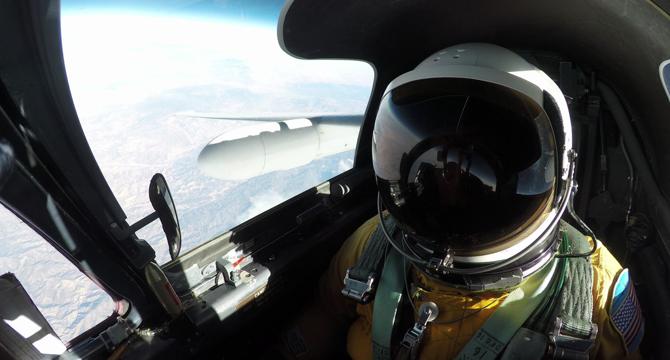
Image Credit: Nasa
Meet Mineral Mappers Flying NASA Tech Out West
- NASA and USGS collaborate to map critical minerals in Western states like California and Nevada.
- High-altitude aircraft and sensors help identify potential mineral sources essential for national security.
- The partnership, known as GEMx, conducts airborne spectroscopic surveys to map North American soil.
- NASA's cutting-edge technology, like AVIRIS-5, aids in detecting minerals crucial for the economy.
Read Full Article
7 Likes
Arstechnica
359
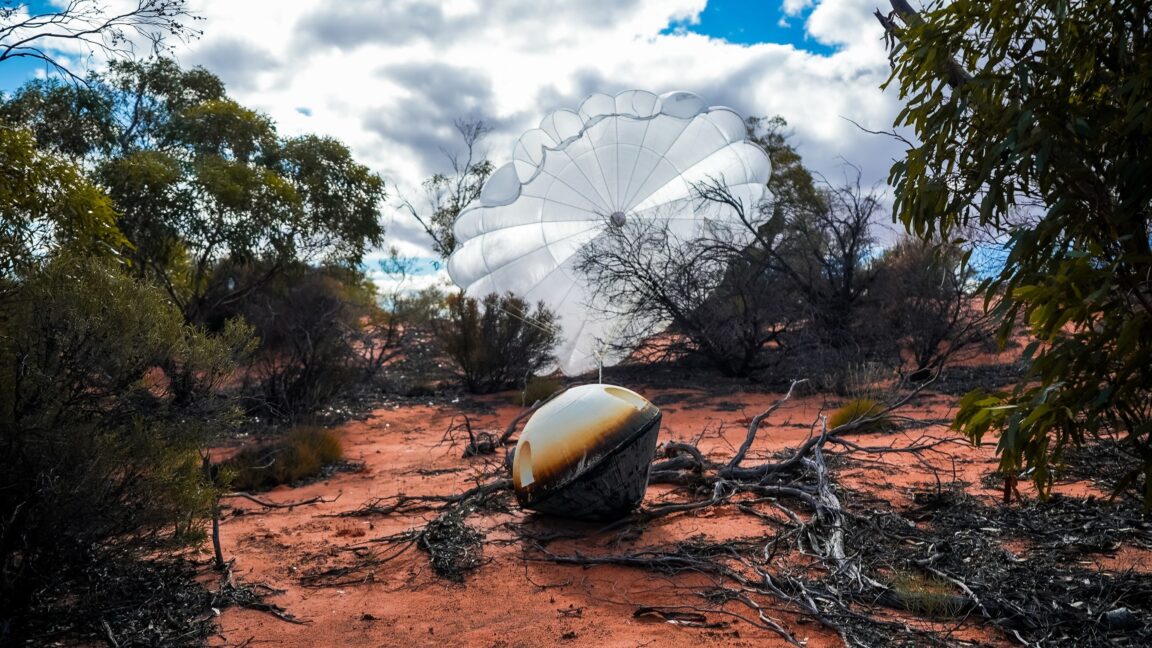
Image Credit: Arstechnica
Investors appear to like a company with big space manufacturing ambitions
- Varda Space Industries, a company with space manufacturing ambitions, has raised $187 million in Series C funding, bringing their total raised amount to $325 million since 2021.
- The company has developed a small spacecraft for carrying payloads into orbit, conducting experiments like pharmaceutical processing, hypersonic testing, and more.
- Varda has flown multiple missions this year, including a notable one using its own spacecraft bus and reentry vehicle for the first time.
- The company targets military applications, pharmaceutical research, and basic research in microgravity, possibly offering a faster and less expensive option than traditional methods.
Read Full Article
21 Likes
For uninterrupted reading, download the app